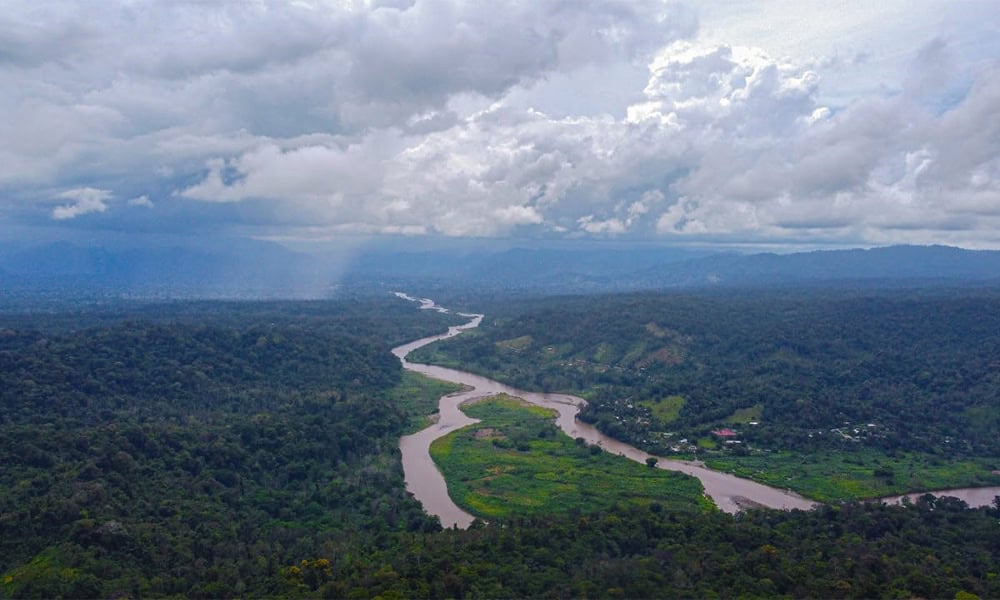According to the most recent investigation by the United Nations Development Program (UNDP), focused on the Sixaola River watershed, a mixture of 33 pesticides has been detected contaminating its lower section, including the Gandoca Lagoon within the protected wildlife area.
The report states that the intensive use of agrochemicals in the country reduces the profitability of agricultural production, raises food prices, and contaminates water sources for human consumption. This endangers marine species and large international markets.
Among the total number of pesticides, 13 are of particular concern because they are considered highly hazardous or because their concentrations are between 6 and 24 times higher than the international reference standard.
“What happens when I have five or seven toxic substances at the same time? That gives a synergistic effect. Even if some of them are in low concentrations that are not of concern, when you add them together, it is possible that there is already even more damage,” explained Costa Rican researcher and agronomist Elidier Vargas.
The research conducted sampling at multiple locations in the Sixaola River watershed in 2019, 2022, and 2023. In the latter year, 23 different pesticides were detected in the Quiebra Caña stream sample alone, of which 8 exceeded appropriate concentration levels.
In 2022, six pesticides were found in Laguna Gandoca, of which three had concentrations at levels of concern. Even more could be found, Vargas said, if the country had a monitoring system for these types of chemicals.
Among the pesticides detected by the samples are some that are classified as highly hazardous and restricted for sale, such as diazinon, fenamiphos, and terbufos. The latter is banned in the European Union, China, the United Kingdom, and Canada.
Chlorothalonil, whose use is banned in Costa Rica, was also detected, as well as neonicotinoids such as clothianidin, imidacloprid, and thiamethoxam. These are also banned in several countries and are considered a threat to pollinating animals that are important to the ecosystem.






